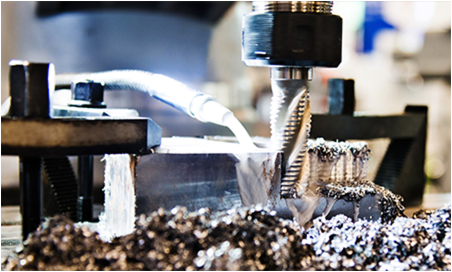Říj . 21, 2024 11:13 Back to list
Metric Flat Washer Size Guide and Specifications for Optimal Applications
Understanding Flat Washer Size Chart A Comprehensive Guide
Flat washers are essential components in many mechanical and structural applications, serving the critical purpose of distributing loads, preventing bolt and nut damage, and reducing friction. When it comes to finding the right flat washer for your needs, understanding the size specifications is crucial. In this article, we will explore the metric flat washer size chart, standard measurements, and their applications.
What is a Flat Washer?
A flat washer is a thin plate, usually made of metal, with a central hole that provides a larger surface area than a bolt or nut alone. This allows the load to be distributed evenly over a surface, which can minimize the risk of damage and increase the stability of the assembly. In metric applications, flat washers are commonly classified by the internal diameter (ID), external diameter (OD), and thickness.
Metric Flat Washer Size Chart
The metric flat washer size chart provides a range of dimensions that correspond to specific bolt sizes. Here’s a basic rundown of how these dimensions correlate
- M5 Washer - Internal Diameter 5.3 mm - External Diameter 10 mm - Thickness Generally around 1 mm
- M6 Washer - Internal Diameter 6.4 mm - External Diameter 12 mm - Thickness Typically 1 mm to 2 mm
- M8 Washer - Internal Diameter 8.4 mm - External Diameter 16 mm - Thickness Ranges from 1.5 mm to 2.5 mm
- M10 Washer - Internal Diameter 10
.5 mm - External Diameter 20 mm - Thickness Usually around 2 mm to 3 mm- M12 Washer - Internal Diameter 12.5 mm - External Diameter 24 mm - Thickness Commonly 2 mm to 4 mm
flat washer size chart metric

- M16 Washer - Internal Diameter 16.5 mm - External Diameter 32 mm - Thickness Often around 2 mm to 4 mm
These dimensions serve as a guide to ensure compatibility between washers and the bolts or screws they will be used with. It’s important to choose a washer that not only fits the bolt’s diameter but also complements the load requirements of your application.
Selecting the Right Flat Washer
When choosing a flat washer, consider the following factors
1. Material Flat washers can be made from various materials, including steel, stainless steel, and plastic. The choice of material can affect the washer's resistance to corrosion and wear.
2. Load Capacity Ensure that the washer can handle the load it will encounter during operation. Different thicknesses and diameters will influence the load-bearing capacity of the washer.
3. Environment If the application is in a corrosive environment, it’s wise to select a washer material that is resistant to rust and degradation.
4. Compliance Standards Check if there are specific standards (such as ISO or DIN) that need to be met for your project, as this can affect the choice of flat washer.
Conclusion
A good understanding of flat washers and their sizes is essential for anyone involved in construction, engineering, or maintenance. By referring to the metric flat washer size chart, you can select the appropriate washer to ensure the effectiveness and longevity of your assemblies. Always ensure that the chosen washer meets the necessary specifications and standards for your specific application. Whether you’re assembling machinery, repairing vehicles, or working on residential projects, the right flat washer plays a pivotal role in the overall performance and safety of your work.
-
The Ubiquitous Reach of DIN934 in Application Realms
NewsMay.16,2025
-
Exploring Different Bolt Types
NewsMay.16,2025
-
Cracking the Code of Sleeve Anchor Mastery
NewsMay.16,2025
-
Clamp Design Principles,Types and Innovations
NewsMay.16,2025
-
Artistry Inspired by the Humble Anchor Bolt
NewsMay.16,2025
-
A Deep Dive into Screw Types
NewsMay.16,2025


